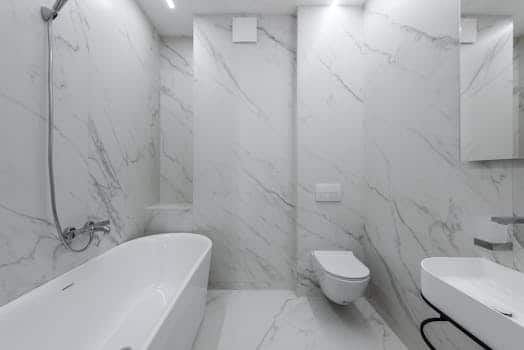Home Climate Zoning: Expert Installation Guide
Are you tired of constantly adjusting your thermostat to try and achieve the perfect temperature in your home? Do you feel like certain rooms are always too hot or too cold, no matter what temperature you set? Home climate zoning may be the solution you’ve been looking for. By dividing your home into different zones, you can heat or cool each area individually, creating a more comfortable and energy-efficient living space. In this expert installation guide, we’ll walk you through everything you need to know about home climate zoning.
What is Home Climate Zoning?
Home climate zoning is a way to control the temperature in different areas or “zones” of your home independently. This is achieved by installing a zoning system, which consists of multiple thermostats and motorized dampers in your ductwork. The thermostats measure the temperature in each zone and send signals to the dampers to either open or close, allowing the right amount of heated or cooled air to enter each area.
Why Should You Consider Home Climate Zoning?
There are several benefits of installing a home climate zoning system:
- Energy Savings: By heating or cooling only the areas of your home that are being used, you can potentially save on energy costs. A zoned system can save you up to 30% on your energy bills compared to traditional HVAC systems.
- Custom Comfort: Zoning your home allows you to have different temperature settings in each zone, giving you complete control over your home’s comfort. Say goodbye to constantly adjusting the thermostat and hello to perfect temperature in every room.
- Extended HVAC Equipment Life: Zoning your home can also help prolong the life of your heating and cooling equipment. By only using the system in the areas that need it, you reduce the strain and wear on your unit.
How to Install a Home Climate Zoning System
Installing a home climate zoning system is not a task for the average DIYer. It requires expert knowledge and skills to ensure that the system is installed correctly and functions as it should. Here’s a basic overview of what goes into a professional installation:
Step 1: Plan and Design
The first step in installing a home climate zoning system is to plan and design where the zones will be. Factors like the layout of your home, the number of windows, and areas that get more sun or shade will be considered when determining the ideal zone locations.
Step 2: Install Thermostats
The next step is to install a thermostat in each zone. These thermostats will communicate with the zoning control panel and the dampers to control the temperature in each area.
Step 3: Install Motorized Dampers
Motorized dampers are installed in the ductwork to control the airflow into each zone. These dampers are controlled by the thermostats and allow precise temperature control in each zone.
Step 4: Install Zoning Control Panel
The zoning control panel is the “brain” of the system. It receives information from the thermostats and sends signals to the dampers to control the airflow. It also allows you to change settings and monitor your system’s performance.
Step 5: Connect to HVAC Equipment
After all the components are installed, the next step is to connect the zoning system to your HVAC equipment. This can include things like a separate furnace for each zone or using a bypass damper to redirect excess airflow from one zone to another.
Step 6: Test and Adjust
Once the installation is complete, the system will go through thorough testing to ensure that everything is working correctly. Adjustments may be made to the thermostats and dampers to fine-tune the system and ensure optimal performance.
Is Professional Installation Worth It?
While the upfront cost of a professional installation may seem like a significant investment, the long-term benefits far outweigh the initial expense. Attempting to install a home climate zoning system yourself can lead to incorrect installation, resulting in a system that doesn’t function properly. This can lead to higher energy bills, uncomfortable temperatures, and a shorter lifespan for your HVAC equipment.
In Conclusion
By now, you should have a good understanding of what home climate zoning is, the benefits it offers, and the steps involved in a professional installation. If you’re tired of constantly adjusting your thermostat and dealing with inconsistent temperatures in your home, it may be time to consider a zoning system. Contact a professional HVAC contractor today to learn more about how you can transform your home’s comfort with home climate zoning.










